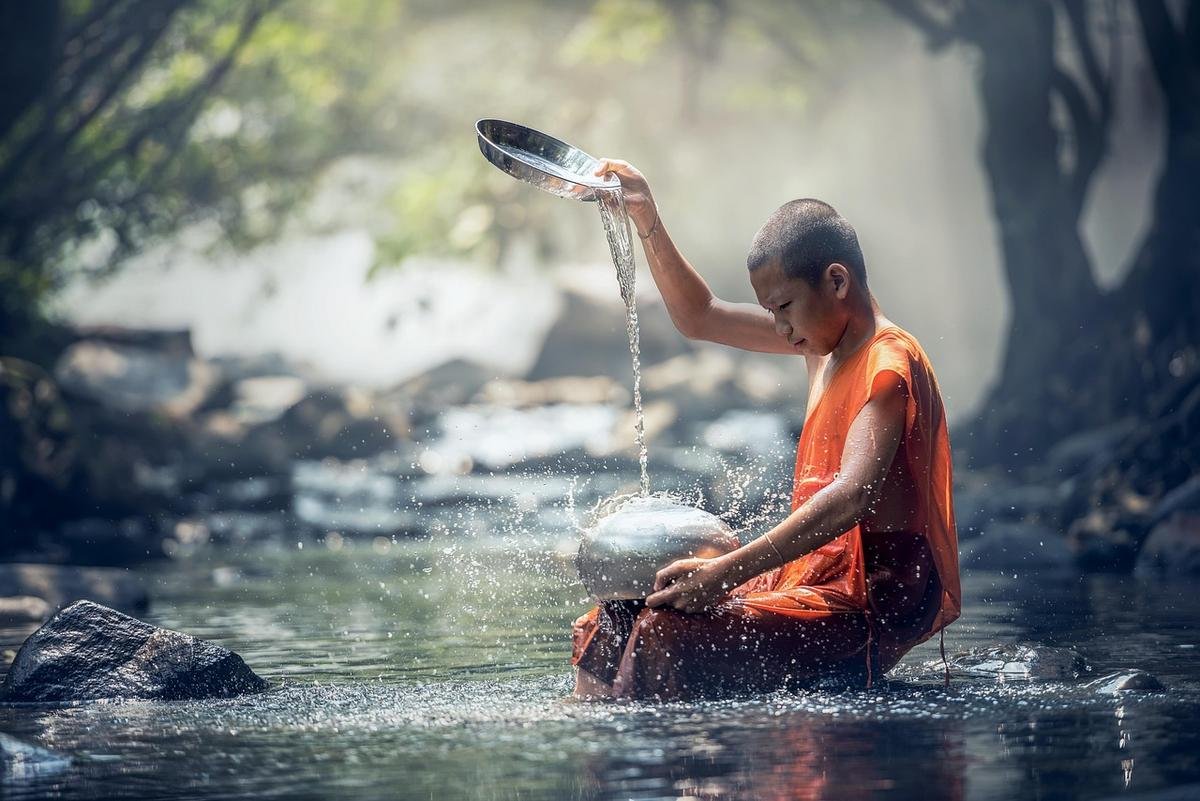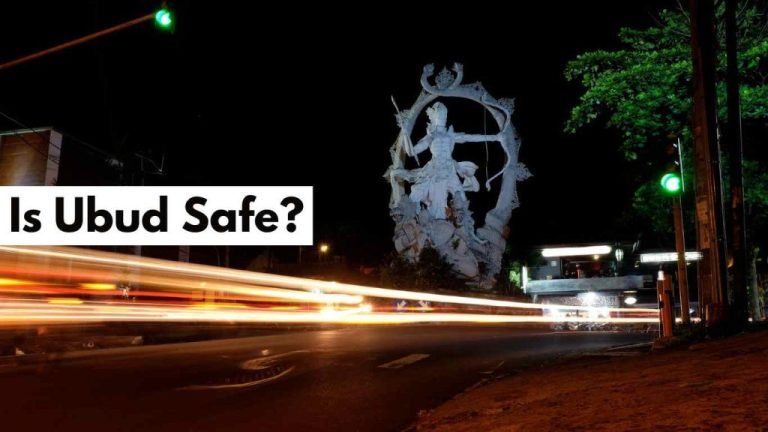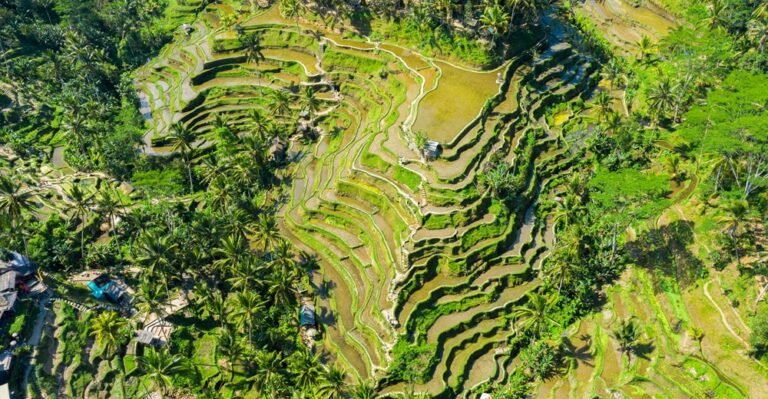Visitors Flock to Bali’s 11-Fountain Beji Paluh Park for Healing Waters
Beji Paluh Park sits in Banjar Dauh Peken, Penarungan Village, Mengwi District, Badung. This spring is revered as a life source and a spiritual hub where natural charm meets community heritage. The site lies within a well-preserved subak, Bali’s traditional irrigation system. Visitors often comment on its rural setting and the pleasantly cool air that greets them.
Local oral histories come from the pemangku (temple caretakers), pengempon pura (temple managers), and village elders. They recount how water once flowed from Beji Paluh into the Tukad Yeh Penet and Bebengan Rivers. At one point, farmers in Desa Kapal needed a fresh supply for their rice terraces. To meet that need, villagers rerouted part of the spring. An offering was believed to seal the pact: a pangliman (water regulator) took on a sacrificial role so the new channel would remain clear. Since then, the embankment has stood firm.
When a section of the embankment gave way centuries ago, the uneven ground that emerged took on the name mepaluh-paluh. That phrase evolved into the title for the entire area: Taman Beji Paluh. Farmers and caretakers use its water daily. Pilgrims regard it as a critical component of religious rites. They speak of the spring’s purifying influence and flock here for penglukatan, a ritual bath thought to cleanse the soul.
Each year, many people visit for ritual cleansing or quiet reflection. Before stepping beneath the spouts, worshipers lay out petals and rice cakes at the temple’s entrance. They light incense and repeat short prayers, guided by the pemangku. Recently, caretakers added simple pavilions and benches, helping those who need a place to sit before or after performing their washing rites.
On a practical level, this spring irrigates paddies throughout Penarungan. On a sacred level, it bears healing properties for problems such as eye and skin complaints. One guardian says families have performed penglukatan here for generations, washing away impurities linked to the Dasa Mala, a concept of ten negative forces. Devotees from across Indonesia and beyond come to stand beneath its streams, placing faith in water that carries more than physical refreshment.
The original fountain cluster was known as Pancoran Lima, made up of five spouts named Brahma, Wisnu, Siwa, Rudra, and Sambu. Worshipers stepped beneath each in sequence, seeking renewal in body and spirit. As the number of visitors grew, caretakers added Pancoran Solas, an extension with eleven spouts arising from the same source to meet rising demand.
Pancoran Solas features fountains called Toya Ning, Tirta Gangga, Toya Panglukatan, Toya Pembersihan, Toya Pamrastita, Toya Pangleburan, Toya Pangening-ening, Toya Panyejer, Toya Sudamala, and Toya Pangentas. Each name signals a different aspect of the cleansing ceremony: from inner clarity and physical wellness to prayers for obstacle removal. Participants begin with prayer at a small pavilion, then move through each fountain in a carefully prescribed order. By the end, many report a sense of calm and renewed vigor. Guardians note that visitors often spend quiet moments by a fish pond fed by the spring, reflecting on what the ritual has revealed.
Taman Beji Paluh has endured as more than a sacred spring. Its continued upkeep highlights Balinese wisdom in blending human needs, eco health, and spiritual practice. Local families guard traditions around the site, keeping ceremonial structures in good repair and teaching the next generation how to welcome guests. For outside travelers, the experience can be both educational and restorative. Magnificent trees arch overhead, stone altars bear fresh offerings, and the sound of flowing water highlights a timeless connection between people and nature.
Pilgrims sometimes gather during special temple anniversaries to perform group penglukatan. Announcers call out each fountain’s name, families move in formation, and incense drifts among the columns of water. The event creates a shared sense of unity among participants, each person emerging from the ritual with renewed purpose and a clear mind.







